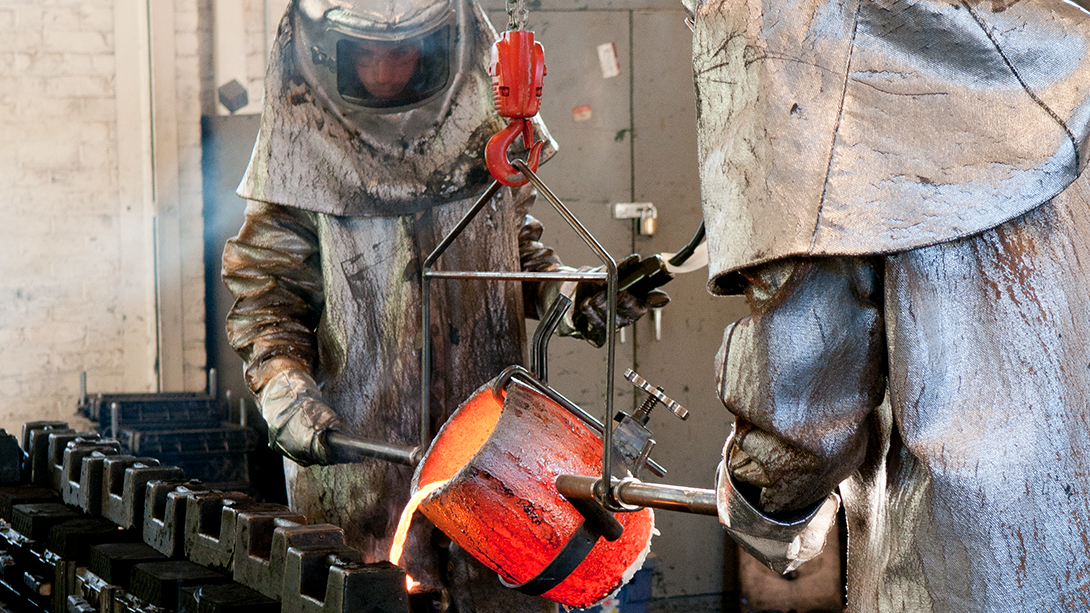The Frontline of Innovation

Learning by making is a deeply rooted Stanford tradition. Since 1891, students have designed and created products in what was known then as the Student Shops. Today, in the Product Realization Lab, students in all fields integrate theory with practice to design and make objects that are useful, durable, and even transformative.
To the right, the Hasso Plattner Institute of Design, commonly called the Stanford d.school, invites students to discover innovative, human-centered solutions. Established in 2005, the d.school is globally known for teaching and cultivating design thinking and helping learners unlock their creative potential.

Making Space
Space is golden at the d.school. As it grew rapidly, the d.school learned how to manipulate space to spark creative problem-solving. Configurable environments — with walls and furniture that are easily movable — can fuel design thinking and productivity. Using space as a tool is a practice, outlined in the book Make Space issued by the d.school, now followed by many.

Global Impact
At the Stanford d.school, designers have the ability to create the future. Classes here use human-centered and prototype-driven methods to help students design products, technologies, services, strategies, and systems that create positive impact. In one real-world example, d.school students launched a nonprofit that trains patients and their families with high-impact health skills to improve outcomes and save lives.

Design is for Everyone
The d.school continually reimagines its programming in light of the challenges facing our world today and in the years to come. By combining design depth and wisdom with a radical multi-interdisciplinary approach, design at Stanford continues to evolve in powerful new directions. The d.school is the home of degree programs, project-based and experiential elective classes, and numerous offerings for professional learners.